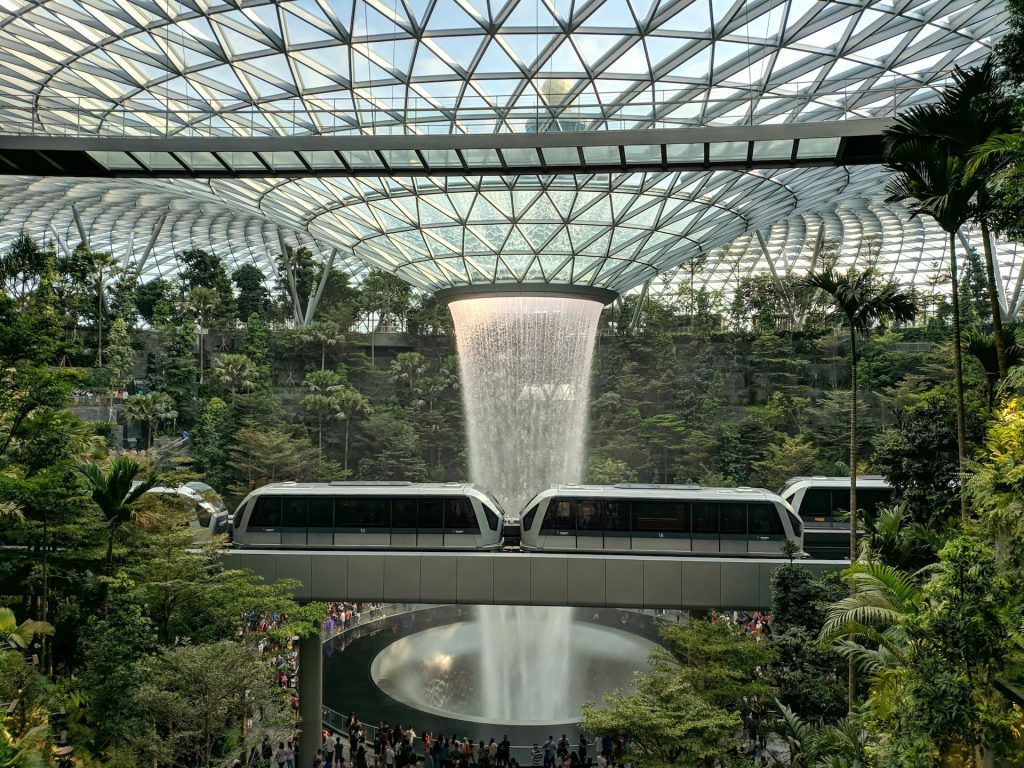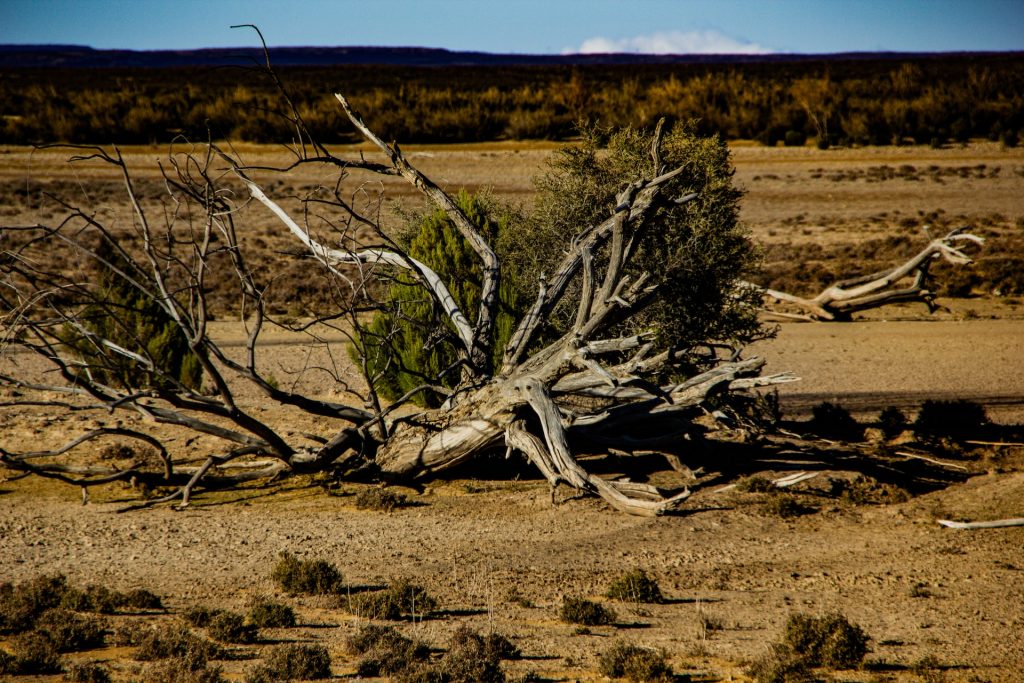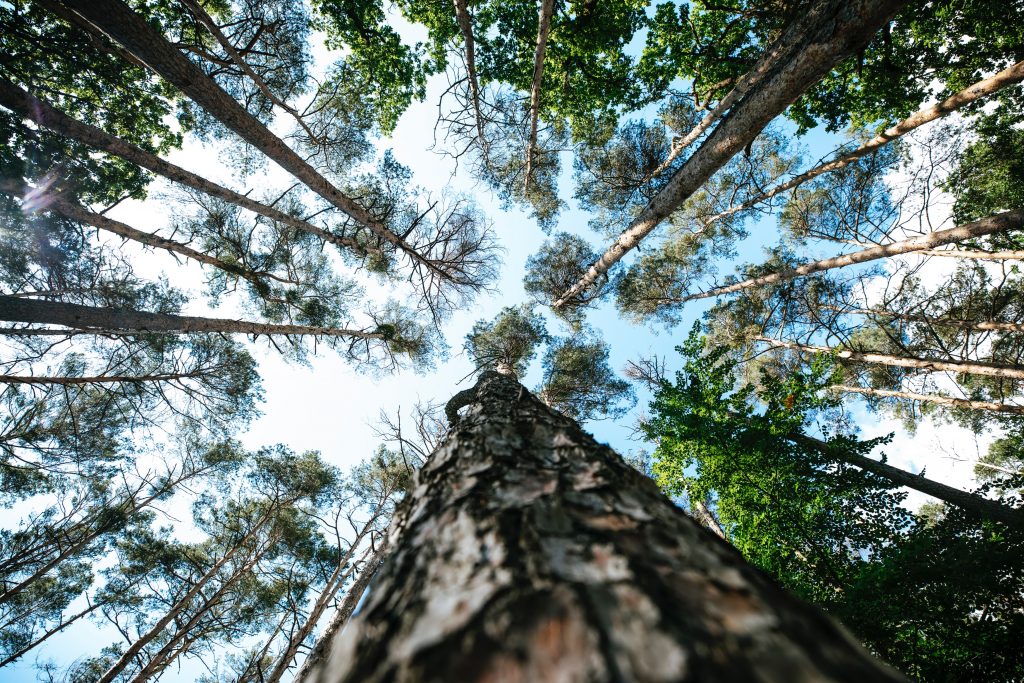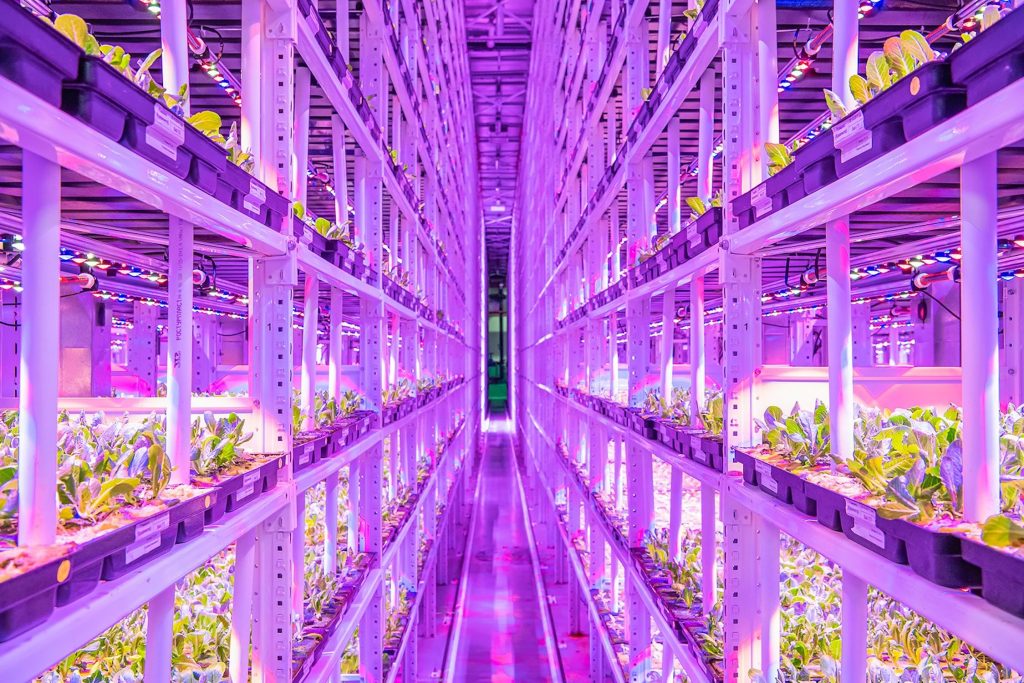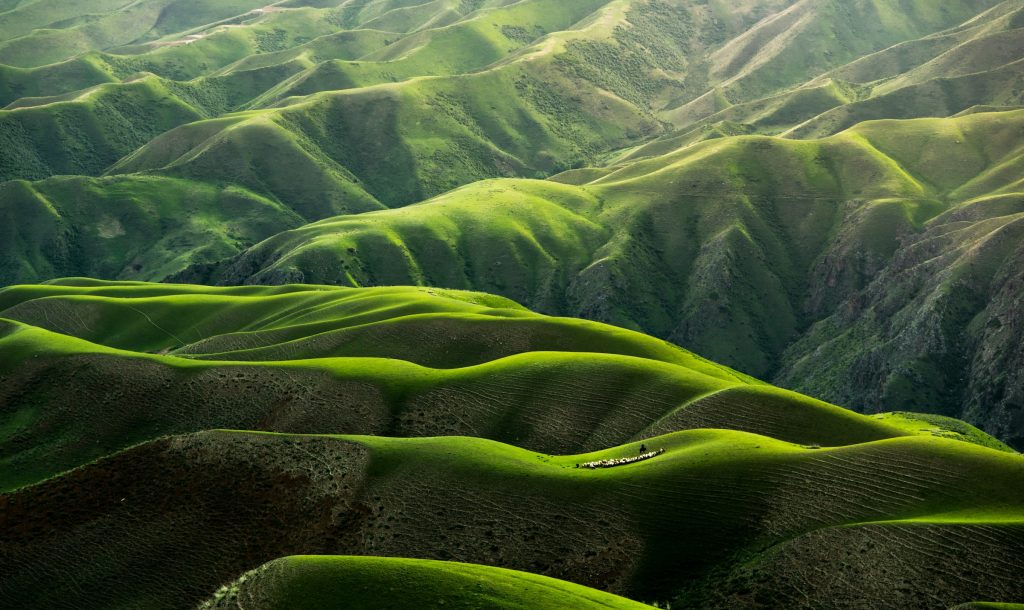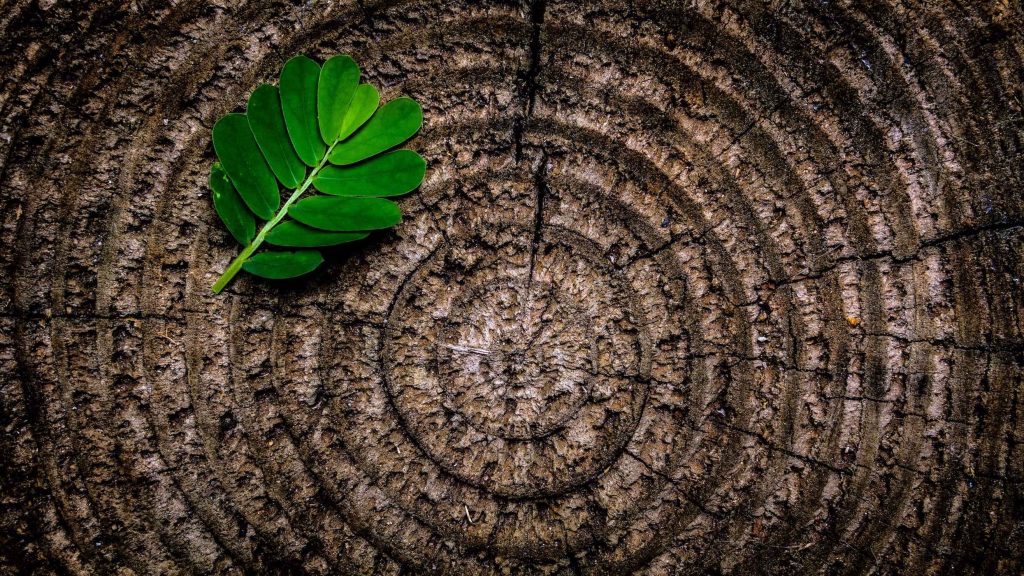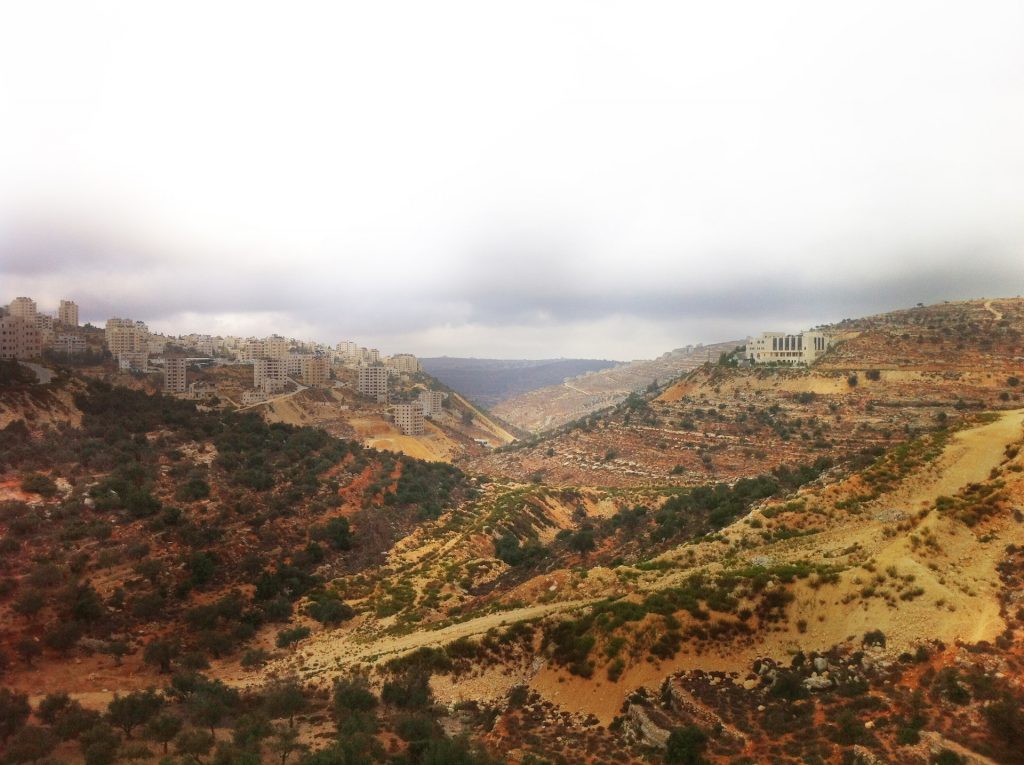
Land and climate change: a close connection
Land is a critical resource. It is under pressure from human activities and climate change, but it is also part of the solution. According to the IPCC, keeping global warming below 2°C can be possible only by reducing greenhouse gas emissions from all sectors, including land and food. The way we use land impacts climate change and, in turn, climate change deeply affects our land.

